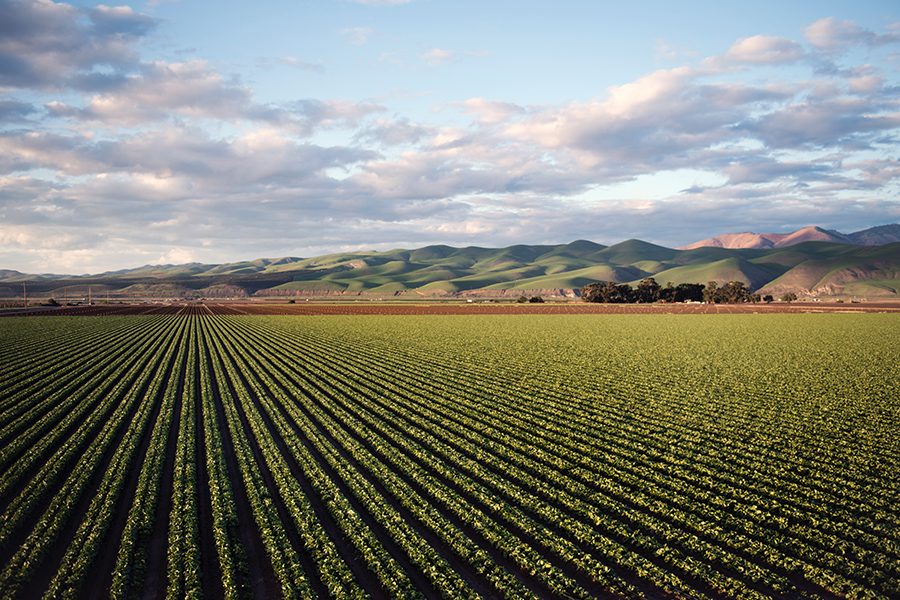
Home » Positive early outlook projected for state’s ag industry
Positive early outlook projected for state’s ag industry

January 11, 2023
The La Niña weather pattern is delivering adequate precipitation going into 2023 for some of Washington state’s leading crops, say some industry experts.
The 12-month forecast for some of the state’s leading agricultural products, including hay, cherries, potatoes, and wine have profitable outlooks, according to a report from Northwest Farm Credit Services.
Casey Chumrau, CEO of the Spokane-based Washington Grain Commission, says there’s a long way to go between now and harvest, but things are off to a promising start for the new year.
“Looking ahead at 2023 crops, current winter wheat conditions are good, and La Niña weather pattern is providing much-needed precipitation,” Chumrau said.
While the current weather patterns are beneficial for Eastern Washington grain farmers, many factors that are beyond their control may impact the industry negatively in the coming year, including rising production costs, inflation, and the war in Ukraine, she said.
Rising costs are increasing greatly the risk that farmers won’t be able to recover production costs, Chumrau said. While inflation has strengthened the U.S. dollar around the world, it has made U.S. wheat more expensive relative to other countries.
Washington state historically exports 90% of its wheat mainly to Asia, but recently has seen a reduced demand due to higher costs, she says.
Following a challenging drought year in 2021, Washington had a rebound in grain production in 2022. Total wheat production reached 144 million bushels, a 65% increase compared with 87.1 million bushels in 2021, while barley production also rose, totaling 5 million bushels, up from 2.86 million bushels in 2021, Chumrau said.
“A long, wet spring provided adequate moisture and favorable growing conditions,” she said.
According to a U.S. Department of Agriculture report, the value of Washington’s 2021 agricultural production totaled $10.2 billion, level with the 2020 total production value, which was up 7% from the year prior. The value of crop production totaled $7.2 billion, down 3% from 2020, but livestock production in 2021 totaled $3 billion, up 9% from the previous year.
Jennie Strong, communications and outreach specialist for the Wenatchee-based Washington Apple Commission, said this year’s apple crop yielded the equivalent of 99.8 million 40-pound boxes of Washington state fresh apples, about an 18% decrease compared with the 2021 yield.
Apples remain the leading agricultural commodity in Washington with a value of $2.19 billion in 2021, up 4% from 2020.
Strong says that a 10- to 14-day harvest delay, poor pollination weather, and the lingering impact from extreme heat in June 2021 contributed to a smaller Washington crop this year.
Local News
KEYWORDS january 2023





